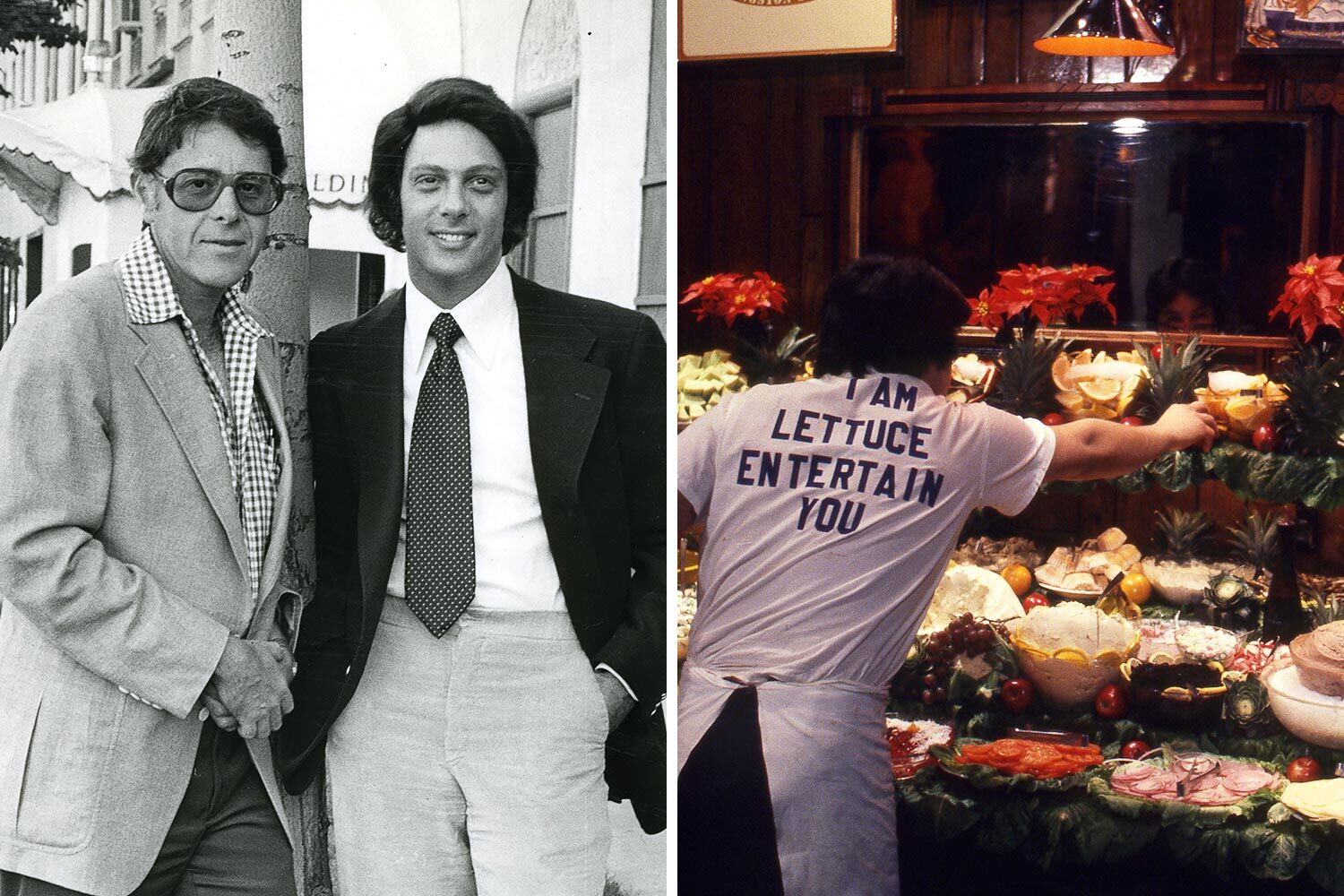It’s not often that a restaurant makes it past its first five years, let alone spans half a century. That’s why when Lettuce Entertain You, one of Chicago’s most venerable restaurant groups, hit its 50th year this June, I wanted to learn more about its reasons for its success. Many notable chefs, bartenders, and managers in the city have done stints at LEYE properties – what’s the secret?
When I caught LEYE founder and chairman Rich Melman on the phone, he was just coming out of a tasting – even after 50 years, he still enthusiastically does tastings, despite having probably tried every variation on everything in his restaurants 10 times over. “I’ve been monkeying around with waffles for a while, and the test kitchen chef did them perfectly today.” (By the way, expect to find waffles soon at Summer House Santa Monica).
Melman is a very hands-on boss, and is constantly meeting with chefs, trying dishes, and making connections. “I’m not so good in a boardroom. My instincts aren’t good there,” explains Melman. “I have to see the place, feel the place, taste the food, and talk to the people and the customers.”
You may know that Melman’s first restaurant was the spot that “invented” the salad bar, R.J. Grunts, which he opened with partner Jerry Orzoff. But I’ll bet you can’t name LEYE’s second restaurant. It was called Fritz, That’s It (which may be the most 1973 name ever), and it was an offshoot of R.J. Grunts in Evanston, with the clever tagline “You’ve tried the Ritz, now try the Fritz.” Located in a space that had previously been an office of famed politician Abner Mikva, it was something of a joke for Melman. “It was named after a newspaper reporter we didn’t like that we met at a party. We thought it would be funny to name a restaurant after someone we didn’t like.”
The thing I may love most about LEYE is the amazing names it gave its restaurants in the early years, like The Great Gritzbe’s Flying Food Show or Lawrence of Oregano. LEYE originated spots that are now standalone chains like Maggiano’s and Corner Bakery, opened the first tapas bar in Chicago (Café-Ba-Ba-Reeba), and helped launch the revitalization of River North back in the mid-‘80s.
Everyone gushes about the success of LEYE (and rightly so) but every group has some restaurants that just don’t work. Melman couldn’t pinpoint LEYE’s shortest-lived restaurant concept, though he did give a nod to one of my favorites, Intro, which was set up as a sort of rotating think tank for up-and-coming chefs. The most obvious failure he can remember was the location of Café Ba-Ba-Reeba that he opened in Vegas in the early ‘00s. “It just didn’t work,” Melman remembers. “I think if we did it today, it might.”
Melman thinks that one of the most important features of LEYE is that it acts a school for chef/entrepreneurs. It’s not an accident that so many LEYE alums go on to open their own restaurants and even restaurant groups. “We are great developers of people,” explains Melman. “If I hire a chef, the number one thing is I have to like them as a person – if I don’t like someone as a person, why would I be with them? After that, I like to pick someone that I think will be a mentor to other people. Then, the last thing is I have to sense if they are open to learning about business.”
Lots of big names have come through LEYE (think Stephen Gillanders of S.K.Y., Curtis Duffy of Ever, Michael Kornick of DMK, or Stephanie Izard of Girl and the Goat), but there were some I didn’t know about. Brendan Sodikoff, the chef/owner behind places like Bavette’s and Au Cheval, worked in the LEYE test kitchen (and happens to be “an item” with Melman’s daughter). The owners of the Fifty/50 Restaurant Group (who Melman refers to as “the kids from Roots”) used to be managers at Joe’s Stone Crab.
Even now, with 50 years of restaurants under his belt, Melman still thinks he has things to learn. “I still need mentors,” he says. “Sometimes people that mentor me don’t know they are mentoring me. I’ll read an article and something in it pops out at me. When you want to be great at what you do, there’s always more to learn.”




Comments are closed.